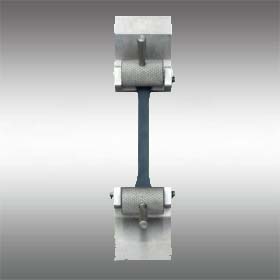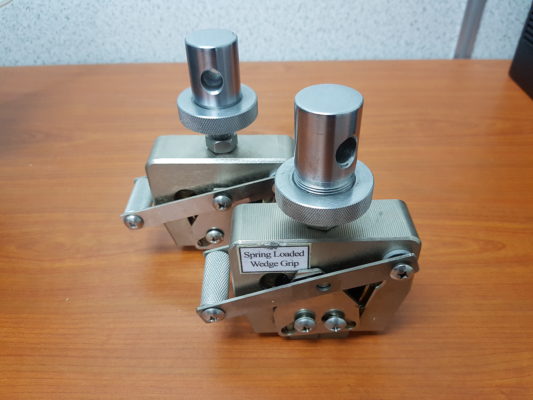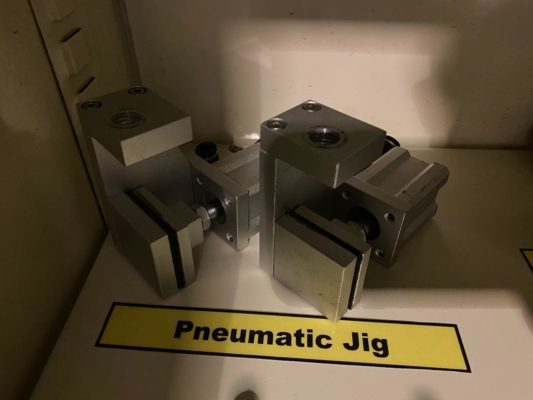ASTM is an international standards organization that is located in the United States of America. The purpose it was introduced to the industries is to publish technical standard agreements for various materials, product, systems and others. ASTM D412 is one of the ASTM standards that is often use in industry.
ASTM D412 Test Standard
Description For ASTM D412
ASTM D412 is an international test standard design for testing the tensile strength of rubber and thermoplastic elastomers. Manufacturing industries such as rubber and others often use this standard. Nowadays, ASTM standards are highly recommend by both corporate or government bodies. In Malaysia, most industries use the ASTM D412 standard in their companies and The Malaysian government has also adopted this standard.
Basically, ASTM D412 measures the elasticity of a material while under tensile strain. Tensile strain tests can be perform on using Universal Testing Machine (UTM) and also known as a tensile testing machine. The following are the properties of tensile commonly measured through ASTM D412:
- tensile stress
- tensile stress at a given elongation
- tensile strength
- yield point
- ultimate elongation
The Comprehensive Guide To ASTM D412 Elastomer Tensile Testing : https://www.victortestingmachine.com/the-comprehensive-guide-to-astm-d412-elastomer-tensile-testing/
Specimens For ASTM D412
ASTM D412 has two types of test methods. The first test method is known as method A and the second is known as method B. Method A is a common guideline for evaluating the tension properties of dumbbell samples. Test method A use of “dumbbell” or “dogbone” shaped specimens. Method A is the most commonly used in the industries, while Method B is to evaluate the tension properties of ring-shaped specimens.
Dogbone specimens must be die cut using special equipment known as dumbbell cutters. The dumbbell cutters need to be calibrated using a VMS machine so that the size is more accurate.
Method A: Dumbbell or Dogbone
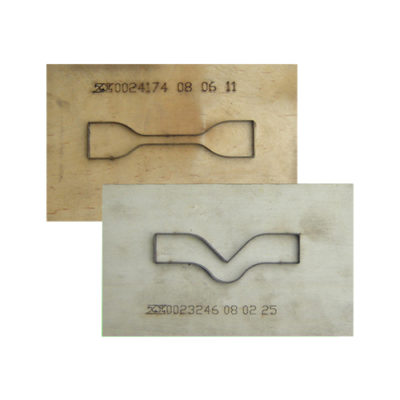
Method B: ring-shaped

Grips For ASTM D412
1. Eccentric Roller Grip
Easy to use and self-tightening applicable for soft and flexible samples, foils, plastics, rubber, etc.
2. Spring Loaded Wedge Grip (Side Lift)
Spring operated, easy and fast operating of the jaw. Suitable for plastic and rubber material
3. Pneumatic Grip
Pneumatic grips are particularly useful when a variety of materials. The gripping force is generate by pneumatic cylinders acting directly on the jaws or via a lever system.
Extensometers For ASTM D412
1. Long Travel Extensometer
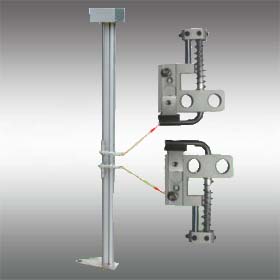
- Long-travel contact extensometer design to measure displacement in tensile tests of soft material with considerable elongation.
- The Long-Travel extensometer can also be use through specimen break.
- The extensometer is not require by the standard but needed for the most accurate and repeatable results.
- We recommend the users to use the extensometer because to get good and accurate results. Elongation is an important design characteristic of rubbers and elastomers so an extensometer need be used to improve the accuracy of the measurement.
Type of UTM machine
1. VEW 2307
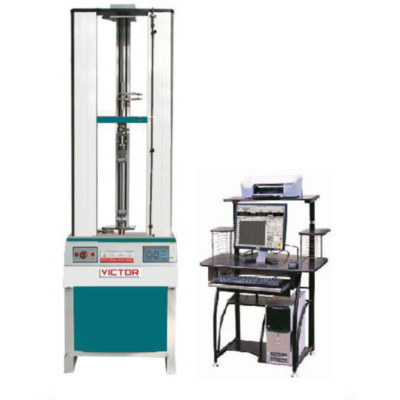
VEW 2307 Desktop microcomputer-type tensile testing machine is design by our company which is made of aluminium, it is not only small, used widely, do not take up space, nice appearance, but also easy to move with the hoop, it is very convenient to operate.
- It is controlled by computer and printing out the testing report; the outward appearance use the closing board dealing with high-level baking varnish, which obviously elegant
- It especially suitable for controlling quality in the production line, this series of machine is mainly apply to test the non-metallic and metallic materials which the load is less than 2KN
2. VEW 2308
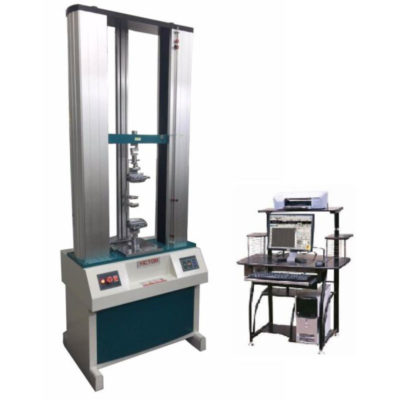
The machine is design by mechanical-electrical integration, the composition of the force-measuring Sensor, transmitter, microprocessor, mechanism of load drive, computer and color inkjet printer. The high-precision electronic motor can be set to five-speed, the components are connect by plug-way, Floor-standing models, it is taken account of modern industrial design and ergonomics in modelling and Coating.
It can be tested with all the materials in the stretch, compression, bending, shear, embedded relay, Peeling. tearing, crack, etc, such as rubber, plastics, leather, metal, nylon wire, fabric, paper, aerospace, packaging, construction, petrochemical, electrical, vehicle, etc.
The implementation of standards and standard configuration:
- GB/T4689.20-1996 Measuring fastness of leather’s adhesion
- QB/T2710-2005 Measuring leather’s expansion and the rate of elongation
- QB/T2711-2005 measuring tear force of leather
- QB/T2712-2005 measuring leather’s strength and stretch of spherical crack test
Test Procedure
- Cut your material into a “dumbbell” shaped specimen.
- Place the specimen into tensile grips.
- Attach the extensometer to the specimen
- Begin the test by Click start button on the software
- End the test after sample break (rupture)
Check out our other blogs:
-
The Comprehensive Guide To ASTM D412 Elastomer Tensile Testing
-
ASTM E111 Test Standard
-
ASTM A938 Test Standard ( Torsion Test Of Metallic Wire)

